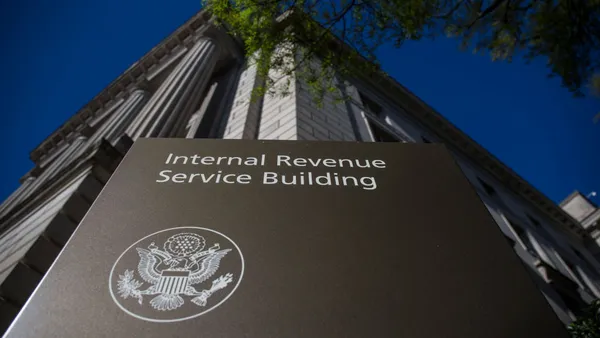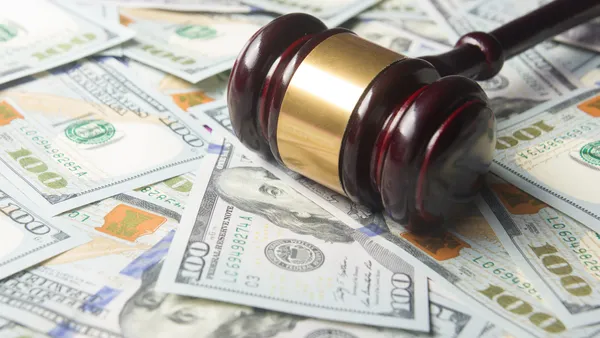The second round of paycheck protection program (PPP) loans enacted into law just after Christmas will provide higher amounts to businesses in the accommodation and food service industries — just one of several business-friendly changes to the program, analysts said in an Accounting Today podcast.
Much of the attention on PPP-2, as the new round is being called, is on the deductibility of business expenses paid using program loan proceeds. The new stimulus law clarified that, even for amounts forgiven, you can deduct your PPP-paid business expenses on your federal taxes. The clarification was needed because the IRS last year ruled the deduction would have amounted to a double tax benefit and disallowed it.
New stimulus
The federal government created PPP-2 as part of the $900 billion stimulus bill signed into law on December 27. The $228 billion program permits companies that received a loan under the first round to take a second draw if they can show their gross receipts dropped by 25% or more, year-over-year, for at least one quarter in 2020.
In the key change, companies operating in the hard-hit accommodation and food service sectors, as defined in Section 72 of the North American Industry Classification System (NAICS) code, can apply for a loan up to 3.5 times their monthly payroll costs. Under last year's version, they could only apply for up to 2.5 times their costs. Maximum loan amounts are capped at $2 million and companies are limited to 300 employees or fewer.
"That's great news for those who were eligible and were able to get loans in the first round of the program," Lisa Simpson, director of firm services for the American Institute of CPAs, said.
Simpson also said these businesses can apply for funds to make up for any amount they were short-changed under the old, more restrictive rules.
"You can correct the amount of your loan if your loan amount was underfunded and it came about that you could have gotten a larger loan because of the change in guidance," she said.
Other types of businesses can apply for a second round funds under PPP-2 if they can show the same 25% drop in gross receipts, but they're limited to the 2.5-times payroll loan amount.
Expanded eligibility
The $284 billion set aside for PPP-2 includes several carve-outs, including $35 billion for companies that didn't apply under the first round, and $15 billion for businesses with 10 or fewer employees.
To help more organizations this time around, the program extends eligibility to 501 (c)(6) nonprofits — typically trade associations and chambers of commerce as opposed to charities — and news organizations.
As before, at least 60% of proceeds must be used to meet payroll costs and the remaining 40% for rent or mortgage payments and utilities.
PPP-2 expands on those additional eligible expenses to include cloud computing and other operational costs, supplies the organization considers essential to its functioning, and employee PPE.
Companies hit with damage or vandalism as a result of civil unrest can also cover their uninsured repair costs.
Guidance coming
The Small Business Administration (SBA), which administers the program, is expected to have guidance on its website as early as this week and application forms available by the end of next week, Erik Asgeirsson, president and CEO of CPA.com, AICPA's interactive web portal, said in the webcast.
"It's going to be a busy start to 2021," he said.
The funding round ends March 31, so applicants hoping to tap PPP-2 only have the first quarter to submit their form. But the process is expected to be smoother than last year's.
"If we look back at April of 2020, there was a massive lack of understanding of the PPP program, and there were all kinds of system issues in turning up the platforms," Asgeirsson said. "Eight months later, we actually have a pretty good body of knowledge of what the PPP framework is."












